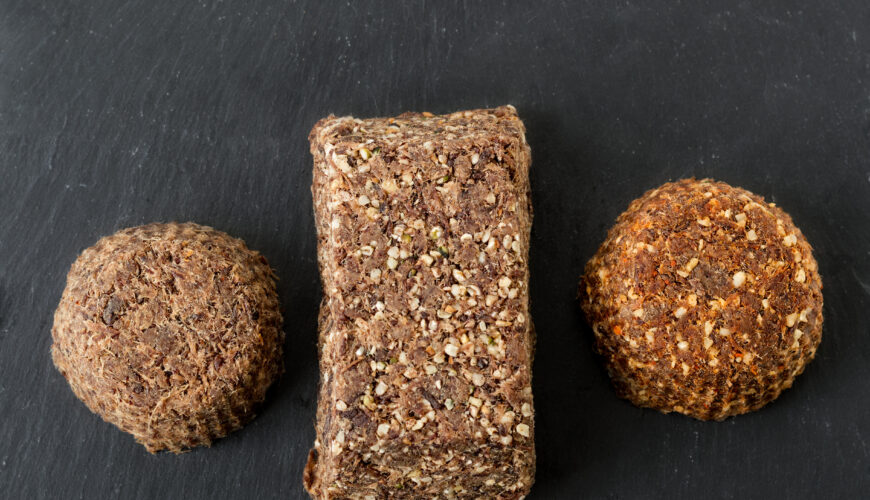Tactics
How to Judge Black Bears
November 10, 2025 •Brad Fenson
July 22, 2024
Just like today, the body has always needed fuel to paddle, trek, hike, and venture forward into vast stretches of land. With no access to modern survival food options, it was essential to have lightweight, high calorie food that could withstand the conditions for long periods of time — that’s where pemmican comes in.
Pemmican was not originated by settlers of North America, but rather by Native Americans who would create pemmican from bison, venison, moose, and other large game. Historically, pemmican was made from bison meat that was then cut into thin slices, sundried, and shredded into a powder consistency. Next, the powdered meat is mixed with the suet of the bison in a 50/50 ratio and placed in a leather bag (often made from the same harvested bison) for storage.
This no-fuss version of pemmican was the most prevalent up until the turn of the 19th century, when its popularity allowed it to be re-imagined with a wider flavor profile and shorter shelf life.
When making pemmican today, you have the advantage of prioritizing flavor over shelf life. This dish allows you to use up less desired pieces of meat, with most of the flavor coming from the suet or other additives. The process is virtually the same, if not improved by modern technology:
Additionally, you can mix your meat choice and fat choice without necessarily being wasteful. Rendering all of the fat from an animal can be nearly impossible without skill or access to a local butcher who is willing to break down wild game. While you may have meat readily available, sourcing enough suet can be another story.
And, because the flavor of the pemmican comes from the fats, you can choose one you prefer — with beef and pork being the best tasting.
Modern day survival DIY-ers can also easily access other additives that are not traditionally in pemmican but will be greatly appreciated. Popular additives include dried fruits, honey, and nuts. If you’re going for authenticity you can pick up your choice of berries (with cranberries, blueberries, and saskatoon berries being the most popular choices) from a local farmer who will most likely have local honey on hand.
Any choice of nuts is also fine, with walnuts, pine nuts, and unsalted mixed nuts being common.
Once you have all the ingredients, make sure to follow these basic ratios:
